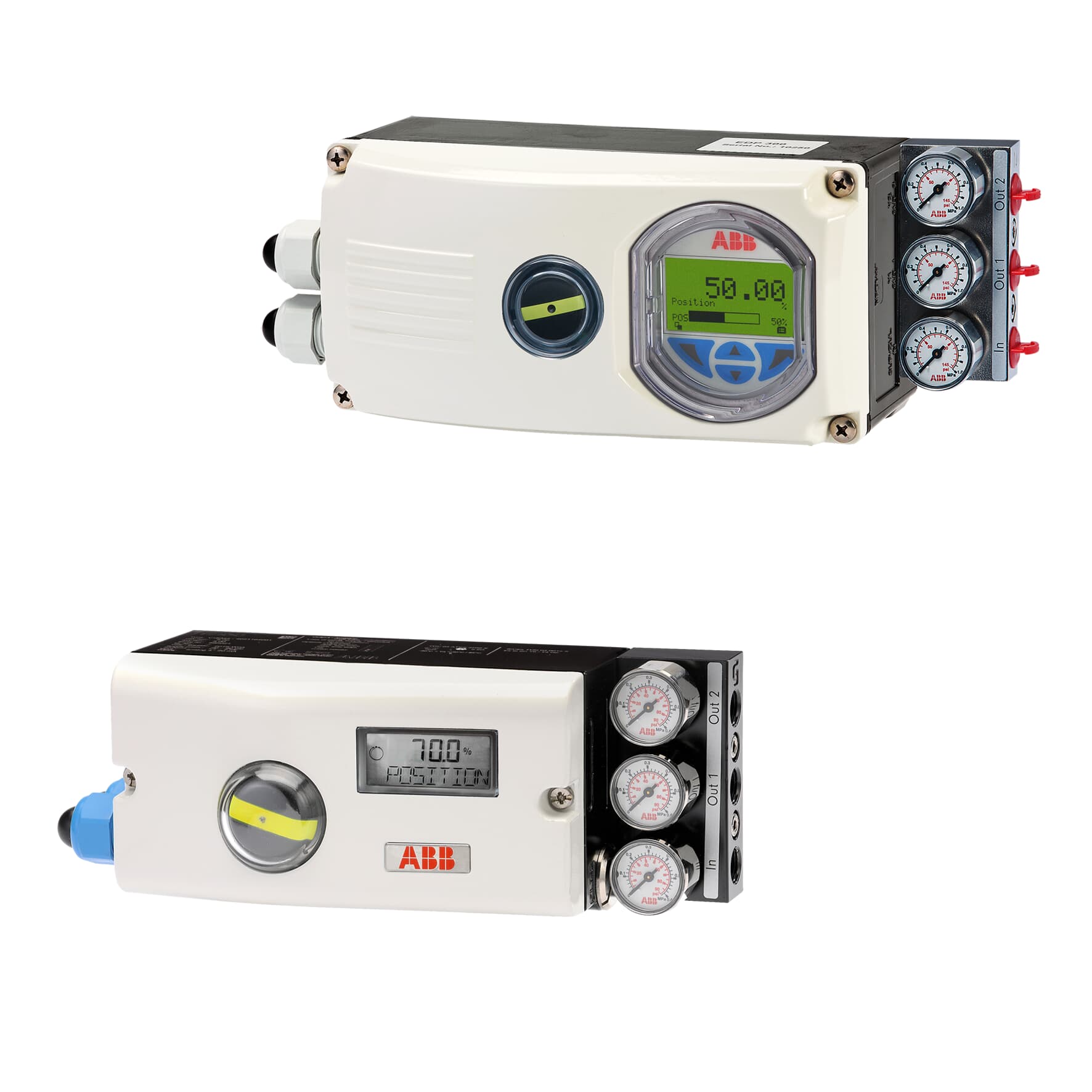In an interview with Neil Shah and Naas DeJager from ABB, they discuss how adaptive tuning in digital valve positioners reduces wear, cuts maintenance, and improves process efficiency.
By Lyndsey Denton-Fray, Valve World
As control valves move continuously to regulate process flow based on system demand, maintenance at some point is inevitable. However, what if there were a way to reduce maintenance time?
“Maintenance routines for control valves may be reactive, proactive, or predictive, depending mainly on the user’s approach to maintenance,” explains DeJager. “It takes more than just maintenance and regular diagnostics to extend the lifetime of control valves. Our objective is to create a digital positioner that can increase the longevity of the entire control valve assembly, to lower costs and maintenance time for our customers.”
Understanding the specific reasons behind valve maintenance is critical — particularly when it comes to issues like gland packing, which is a common point of concern.
“To modulate a control valve during operation, the control system sends a signal to the valve positioner, which adjusts the valve accordingly,” explains DeJager. “However, problems arise when the valve oscillates for unintended reasons, leading to accelerated wear of the gland packing. This wear ultimately necessitates maintenance.”
“Degradation of the gland packing doesn’t just lead to mechanical issues,” adds Shah. “It can also result in fugitive emissions, which pose both safety and compliance risks. Minimizing unnecessary valve movement is therefore key to reducing wear and prolonging system integrity.”

What Can be Done About it?
DeJager: “The industry is moving from analogue to digital positioners because they offer a lot of advantages. For instance, they can do diagnostics and calibrate the valve assembly. The key question is: what else can the digital positioner do apart from just controlling the valve? Is the technology capable of making additional observations of control valve behaviour, then implementing self-optimisation? If you can accomplish that with a positioner, you can extend the lifetime of the valve packing by reducing the number of valve cycles unrelated to control system signal changes.”
Adaptive Tuning of Positioners
Adaptive tune technology is a built-in function that enables the positioner to self-optimize. This means that the positioner is able to monitor the conditions and factors affecting the movement of the control valve. Reducing oscillations is a significant step towards extending the lifetime of the control valve and its packing. Essentially, adaptive tuning allows the positioner to adapt its control parameters to achieve optimization.

“Adaptive tuning is a real-time process,” explains DeJager. “Since it happens while the process is running, the user does not have to adjust the positioner; it happens automatically. The positioner makes small adjustments regarding the gain of the positioner, the derivative function, and the dead-band behaviour, thereby optimising itself to eliminate unnecessary movements.”
DeJager: “The adaptive tune function allows the positioner to recognise how to behave in a particular application. This is an important point to consider, because the conditions during setup and adaption of the digital positioner to the control valve assembly at the supplier would be different to those conditions in the process application. Changes in the process – for example in the pipeline pressures or ambient temperature – affect the dynamic behaviour of the valve. The adaptive tune function uses the data acquired during normal calibration as a starting point to determine the new behaviour. The advantage of this is that it allows the process to be optimized in real-time.”
“In addition to extending the lifetime of the valve by limiting its cycles, we’re also optimizing the process by reaching the set point quicker and repeatably, thereby achieving savings for the operator.”
Data, not Guesswork
“At a certain point, the operator asks, ‘Do I need to do maintenance on the valve?’” continues Shah. “Instead of waiting until it fails, they can get some indicators from the digital positioner. In this way, we are not just using digital positioners for adaptive tuning, but also to obtain diagnostics from the valve indicating how much it’s moved in the last six, 12 and 24 months. Once that movement is measured and compared against the benchmark, the user can access this information and then decide — based on data and not guesswork — when to schedule maintenance.”
“Ultimately, the objective is to reduce the cycles of the valve, extend the lifetime of the valve packing materials, and, for the customers, improve the process and be able to monitor the valves with more advanced diagnostics.”
In short, the shift to digital positioners is not just about replacing older analogue technology but about unlocking new capabilities. By enabling diagnostics, calibration and even self-optimization, digital positioners can monitor valve behaviour in real time and adjust operations to reduce unnecessary movements. That means less wear on the packing, a longer service life for the valve and smarter control overall.
About the Experts
 Naas DeJager is the Global Product Manager for Valve Automation Products with ABB Inc. based out of Charlotte, North Carolina. Naas has more than 35 years of experience in Industrial Process Automation in various roles including Application Engineering, Project Management and Product Management. He has been with ABB in the U.S. for the last 24 years in the Process Automation Division.
Naas DeJager is the Global Product Manager for Valve Automation Products with ABB Inc. based out of Charlotte, North Carolina. Naas has more than 35 years of experience in Industrial Process Automation in various roles including Application Engineering, Project Management and Product Management. He has been with ABB in the U.S. for the last 24 years in the Process Automation Division.
 Neil Shah is the Global OEM Account Manager at ABB AG, based in Germany. With more than 24 years of experience in the Process Automation industry across India and Germany, Neil has held diverse roles spanning Plant Maintenance, Project Management, Project Execution, and Global Product Management and Business Development. He holds a degree in Instrumentation and Control Engineering and an MBA from the Indian Institute of Management, Bangalore.
Neil Shah is the Global OEM Account Manager at ABB AG, based in Germany. With more than 24 years of experience in the Process Automation industry across India and Germany, Neil has held diverse roles spanning Plant Maintenance, Project Management, Project Execution, and Global Product Management and Business Development. He holds a degree in Instrumentation and Control Engineering and an MBA from the Indian Institute of Management, Bangalore.


